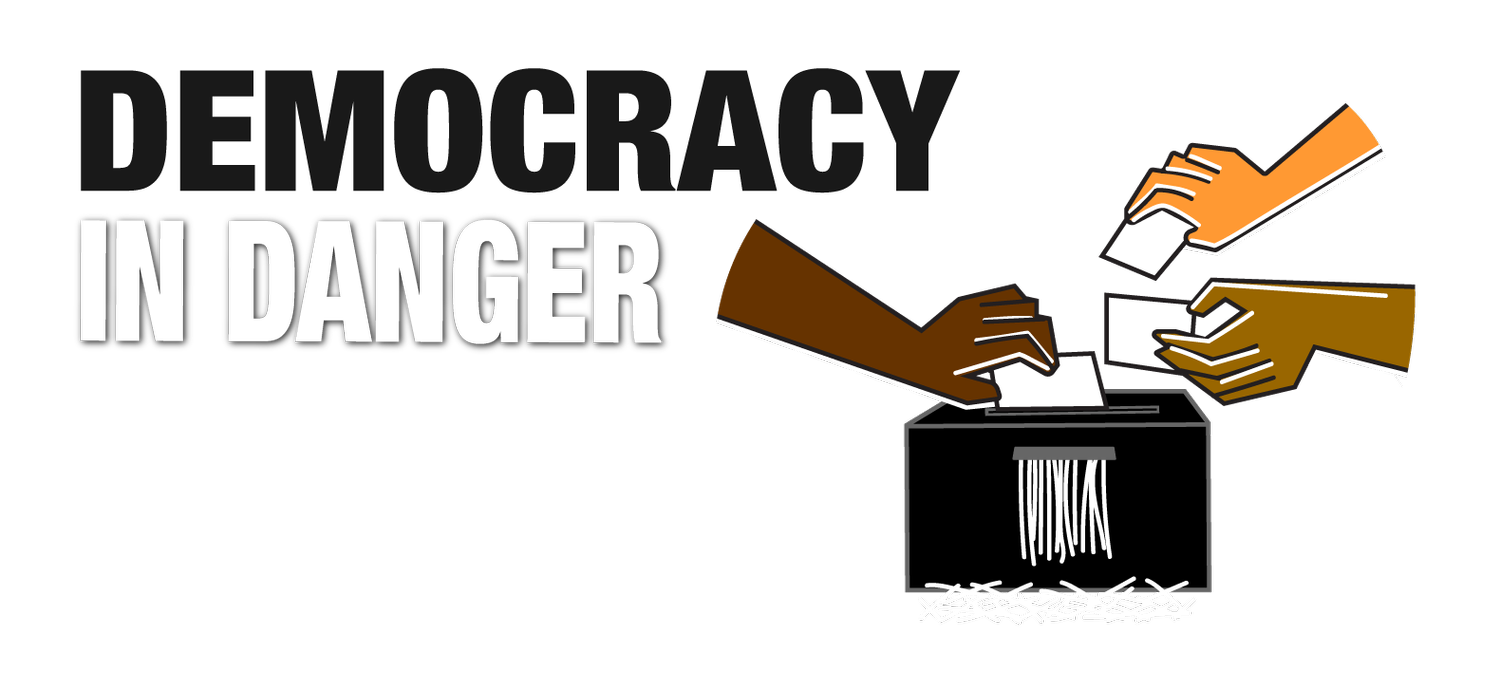People Power
When you’re up against state violence, peaceful protest may be the only viable option. It also works.
Read
In his mid-20s, Srdja Popovic helped build the nonviolent revolution that brought down Serbian President Slobodan Milosevic. Corrupt, authoritarian and ruthless, Milosevic had been sending young Serbs to kill and die in wars against their former Yugoslav countrymen — in Croatia, Bosnia and Kosovo. The NATO military strikes on Serbia in 1999 sought to chasten Milosevic and stem the bloodshed. But the following year, it was mass demonstrations — led in part by Popovic’s movement, dubbed Otpor, or “Resistance” — that ultimately undid Milosevic’s reign of terror, without taking up arms.
Today, Popovic directs a nonprofit organization that advocates nonviolence and supports pro-democracy movements globally. Aside from the obvious moral appeal of nonviolence, Popovic says, peaceful strategies bring out the bodies needed to push for substantive change.
At the same time, Popovic learned the hard way that civic movements are prone to setbacks and, often, utter failure. The mistakes that he and fellow demonstrators made in Serbia in the 1990s still inform his understanding of what works and what doesn’t. This time on the show, Popovic joins Siva and Will to share the core features of successful mobilization, and he ponders where and how young people today are shaping the political landscape for the better.
Meet
Srdja Popovic is a visiting lecturer at the University of Colorado–Boulder. In 1989, he founded the student movement Otpor, which played a crucial role in ousting Serbian dictator Slobodan Milosevic. After serving four years in his country’s parliament, Popovic cofounded Canvas, the Centre for Applied Nonviolent Action and Strategies. Canvas has worked with activists in more than 50 countries, promoting human rights and democracy. Popovic won the 2020 Brown Democracy Medal from the McCourtney Institute at Penn State University. And he is the author, with Sophia A. McClennen, of Pranksters vs. Autocrats: Why Dilemma Actions Advance Nonviolent Activism (Cornell University Press, 2020); and, with Matthew Miller, of Blueprint for Revolution: How to Use Rice Pudding, Lego Men, and Other Nonviolent Techniques to Galvanize Communities, Overthrow Dictators, or Simply Change the World (Penguin, 2015). Follow Popovic on Twitter @SrdjaPopovic.
In their book Pranksters vs. Autocrats Popovic and McClennen make a case for crafting lose-lose situations for authoritarian responses to nonviolent struggle. In a “dilemma action,” protestors typically employ civil disobedience, comedy, a healthy dose of absurdity or all of the above, to make the police look either inept or heavy-handed.
Read more of Popovic’s advice on successful protest in the Harvard Business Review and the Wilson Quarterly.
In 2011, he gave a TED talk called “How to topple a dictator.” Besides good planning and discipline, activists should have a sense of humor and joy, he says.
Just a few days before we released this show, Popovic received the Brown Democracy Medal; you can watch a recording of that ceremony and his public presentation here.
In an essay he wrote for Slate ahead of the 2020 presidential contest in the United States, Popovic offered Americans some lessons for fighting any effort to nullify the results. He should know — it took Milosevic three months to step down after losing the national election in Serbia 20 years earlier.
And — were you wondering about the music we used to score this show? As you may have guessed, these songs are from Popovic’s younger days in the Serbian rock band Baal. Listen to the full versions on YouTube: “Izčezavam” (I Am Disappearing); “Izmedju Bozanstva i nistavila” (Between Divinity and Nothingness); “Šta octaje” (What Remains); and “Buđenje” (Awakening).
Learn
With the help of narrator Martin Sheen, Steve York’s documentary Bringing Down a Dictator — originally produced for PBS in 2002 — recounts the Serbian pro-democracy struggle that Popovic helped lead.
In recent years there has been no shortage of mass mobilization to defend democracy around the world. But according to New York Times columnists Max Fisher and Amanda Taub, while protests are on the rise — and less frequently face violent crackdowns — what they’ve actually achieved isn’t so clear.
Want even more advice on how to launch your own successful nonviolent movement? You might pick up The Dictator’s Learning Curve, by journalist William Dobson. Or check out This Is An Uprising, in which authors Mark and Paul Engler go behind the scenes of the Arab Spring, Occupy, Black Lives Matter and more. These works show just how much hard work goes into building coalitions — challenging the conventional media portrayal of massive demonstrations as largely spontaneous events that erupt at a flashpoint and gain fuel mainly from social media.
Stephen Parks, an English professor at the University of Virginia, recently teamed up with Popovic to teach a course called “Global Advocacy, Democracy and Public Narrative.” It drew 400 students and connected them directly with activists involved in Black Lives Matter as well as the pro-democracy rallies in Hong Kong, among other movements.
Despite claims to the contrary, BLM protests in the United States have been almost entirely peaceful, studies show. And, Adam Sewer argues in the Atlantic, they are having an impact — by forcing America to reckon with its past of slavery, segregation and structural racism.
Twenty-five musicians from seven countries recently joined Peter Gabriel to rerecord “Biko” (mentioned on this episode), 40 years after its original release. Listen to the song and watch the video, from the nonprofit Playing for Change. Gabriel composed “Biko” in honor of a South African anti-Apartheid activist who died in police custody. Its message remains powerful — and relevant — to this day.






